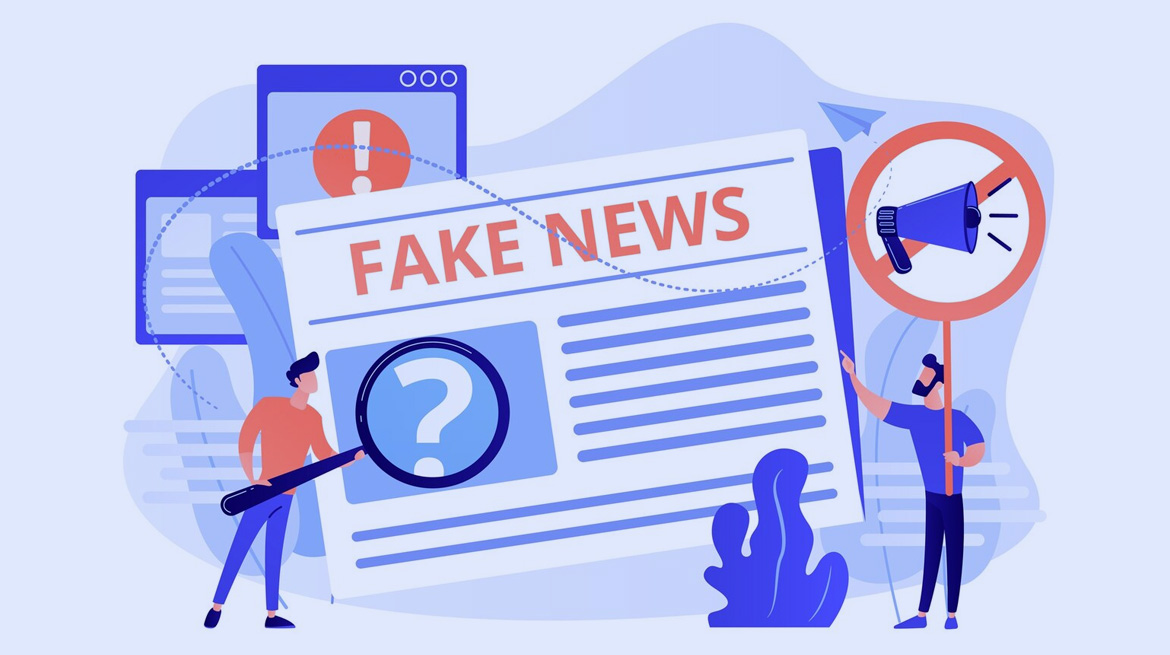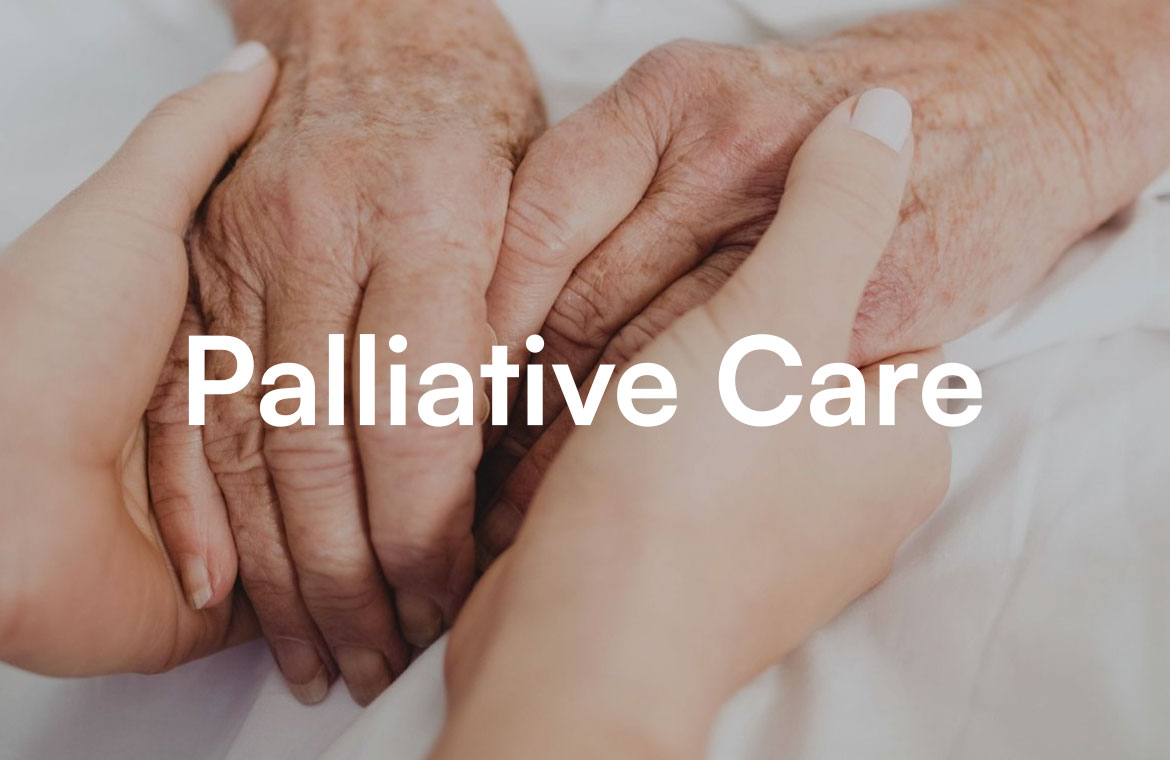In today’s fast-paced digital world, the dissemination of information—accurate or otherwise—has become almost instantaneous. While this has many benefits, it has also led to the proliferation of misinformation, particularly in the realm of public health. Among the most significant consequences of this phenomenon is vaccine hesitancy, which persists despite strong scientific consensus supporting the safety and efficacy of vaccines. Misinformation, spread primarily through online platforms, exacerbates this problem. Thus, employing a robust, multifaceted approach to counteract misinformation and promote public confidence in vaccination is imperative.
The Emergence and Impact of Vaccine Hesitancy
Vaccine hesitancy, defined by the World Health Organization as the reluctance or refusal to vaccinate despite the availability of vaccines, has emerged as a growing global concern. The problem has been exacerbated by the pervasive spread of misinformation, particularly through social media. Claims lacking scientific basis, such as those linking vaccines to autism or other severe health complications, continue to circulate and erode public trust in vaccination programs.
In India, which faces significant challenges in immunizing its vast and diverse population, vaccine hesitancy presents a formidable obstacle to achieving comprehensive immunization coverage. The COVID-19 pandemic brought this issue to the forefront, with widespread misinformation about both the virus and the vaccines hindering efforts to control the outbreak.
The Role of Fake News in Misinformation Spread
The term “fake news” refers to false or misleading information presented as legitimate news. During the COVID-19 pandemic, fake news flourished, with misinformation ranging from unproven remedies to baseless claims about vaccine side effects. This phenomenon has been particularly damaging to public health campaigns aimed at increasing vaccine uptake.
A striking example of fake news related to the COVID-19 vaccines in India was the claim that vaccination could lead to infertility. Despite efforts from health authorities and experts to disprove such assertions, the misinformation persisted, particularly affecting vaccination rates among women of childbearing age. The long-term impact of such rumors extends beyond COVID-19, threatening the success of future immunization efforts as well.
Combating Misinformation: Key Strategies
- Enhancing Public Health Communication
To effectively counter misinformation, it is essential to improve public health communication strategies. Clear, consistent, and transparent messaging from trusted health authorities is critical. Information must be disseminated in local languages and tailored to the cultural context of specific communities. Additionally, healthcare professionals must be equipped with communication skills that enable them to engage in empathetic, fact-based conversations with individuals hesitant about vaccines. - Using Technology to Tackle Misinformation
Social media platforms play a pivotal role in both the spread of and fight against misinformation. Companies must take responsibility for identifying and curbing the distribution of false claims. Algorithms can be employed to flag misleading content, and partnerships with fact-checking organizations can help ensure that accurate information is prioritized. Furthermore, initiatives aimed at increasing digital literacy can empower individuals to critically evaluate the information they encounter online. - Mobilizing Community Leaders
In many regions, particularly rural areas, community leaders wield significant influence. Engaging these individuals in public health campaigns can be an effective strategy for countering misinformation and encouraging vaccine acceptance. Religious leaders, cultural influencers, and local authorities can serve as trusted voices, capable of reinforcing the importance of vaccination and dispelling myths. - Implementing Regulatory Measures
Governments can take steps to address the spread of misinformation through the enactment and enforcement of regulatory frameworks. Legal measures that penalize the deliberate dissemination of false information may act as a deterrent. For example, Singapore’s Protection from Online Falsehoods and Manipulation Act (POFMA) has been employed to combat misinformation, including health-related fake news. India could consider adopting similar legislative mechanisms to safeguard public health.
Conclusion
Vaccine hesitancy, driven in large part by misinformation, poses a significant challenge to global health efforts. Addressing this issue requires a concerted effort from public health authorities, healthcare professionals, tech companies, and communities. Strategies must be multi-dimensional, integrating enhanced communication, technological solutions, community engagement, and regulatory measures. Ultimately, combating misinformation is not merely about correcting facts; it is about rebuilding public trust in science and healthcare.
References
- World Health Organization (2019). Ten threats to global health in 2019. Available at: https://www.who.int/news-room/spotlight/ten-threats-to-global-health-in-2019
- Larson, H.J., de Figueiredo, A., Xiahong, Z., et al. (2016). The State of Vaccine Confidence 2016: Global Insights Through a 67-Country Survey. EBioMedicine, 12, 295-301.
- Pennycook, G., & Rand, D.G. (2020). Fighting misinformation on social media using crowdsourced judgments of news source quality. Proceedings of the National Academy of Sciences, 117(10), 2326-2333.
- Ministry of Health and Family Welfare, Government of India (2021). COVID-19 Vaccine Communication Strategy. Available at: https://www.mohfw.gov.in




